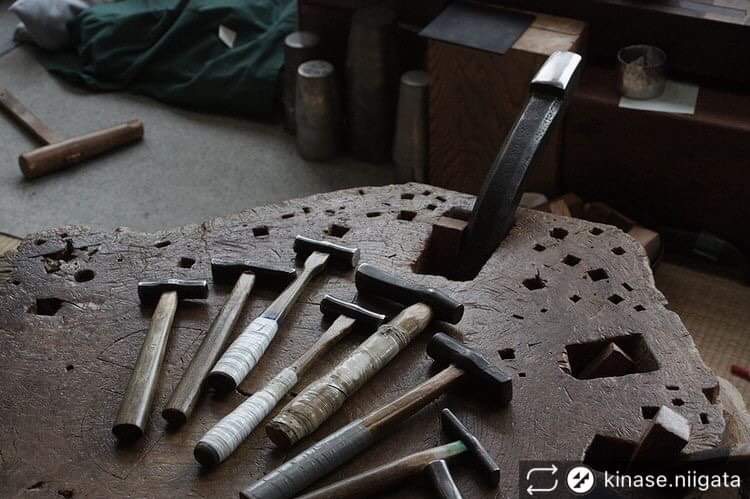
Japanese Calligraphy Treasure Box
In Japanese Calligraphy, we use what are known as the Four Treasures: fude (brush), sumi (ink), suzuri (ink stone), and washi (Japanese paper).
The Four Treasures are essential to the art of Japanese Calligraphy. Through centuries, craftsmen have honed their skills and perfected their arts.
I worked closely with artisans of each trade to develop the custom-made pieces in Showsoku’s Calligraphy Treasure Box.
Every piece is handmade with great care and highest craftsmanship, a product of hundreds of years of Japanese tradition and art.




Fude
Fude (calligraphy brush) made by Satoru Sakuma, second generation Calligraphy Brush Craftsman



These brushes are a special type called Edo Fude. Unlike other brushes, each piece is made by one craftsman from beginning to end.

Sumi
Sumi(ink) made by Atsushi Nagano, seventh generation Ink Craftsman



Nara was the ancient capital of Japan and is rich with history and culture. There were many traditional ateliers but only few remain.
Sumi ink can be made in the traditional method only during the cold months (around October to February).
The process traditionally begins by burning a combination of pine and rapeseed oil in a special, covered container. Soot is collected from the underside of the lid, mixed with a special glue made from natural ingredients, and poured into a wooden mold.
The sumi ink is removed from the mold and preserved and dried in ash for over a month.
It is then removed from the ash and air dried for an additional six months.
Next, the sumi is cleaned with water, treated to prevent cracking, and smoked with charcoal. Traditionally, sumi ink is then polished with clam shells.
Finally, the sumi is allowed to rest and dry for another week or so, and any final touches using gold or silver leaf are applied.

Suzuri
Suzuri (ink stone) made by Yoichi Hieda*, 3rd generation Inkstone Artisan



Akama Suzuri (ink stone) goes back over a thousand years to the Heian Period of Japan.
Its name comes from Akama-seki of Yamaguchi Prefecture, where digging for inkstones began. The precious material is dug from sediment that is over 100 million years old.
Akama Suzuri is known for its unrivaled fine, delicate quality that allows for making smooth ink, and was designated as a Traditional Craft in 1976 by the Japanese government.

Washi
Isao Kawahira, second generation Sekishu Washi (Japansese Paper) Craftsman



Washi is Japanese paper that is painstakingly handmade using specific materials and processes. Of over a thousand varieties, three, including Sekishu Washi, are registered UNESCO Intangible Cultural Heritages for their roles in protecting and honoring traditional materials and methods.
Because no chemicals are used in making washi, the paper does not yellow over time and the methods used result in a durable paper that is said to last for over 1,000 years
This is about two or three times the thickness of standard hanshi. The edges are cut for crisp lines, while the texture of the paper itself remains.
Sold as a set only.

Copper Spoon
Cooper Spoon made by Ryota Nishikata, third generations Copperware Craftman



Sold as a set only.

Frame Box Set
This kiri frame box, a showsoku original, can be used not only as a container but also as a frame.
Simply slide the edges into the wood pieces at the top and bottom of the lid to showcase your art, photos, or post cards. From cherished memories to your deepest wishes and future goals, this box frame will protect what is important to you.
Kiri (Paulownia) wood excels in conditioning humidity, and kiri boxes have been used for centuries to store valuable items.
“Omoi”
Kiri Frame Box
Washi (Echizen Japanese paper) x 10 sheets
4 seasonal prints (written by Shizu)



Sold as a set only.
